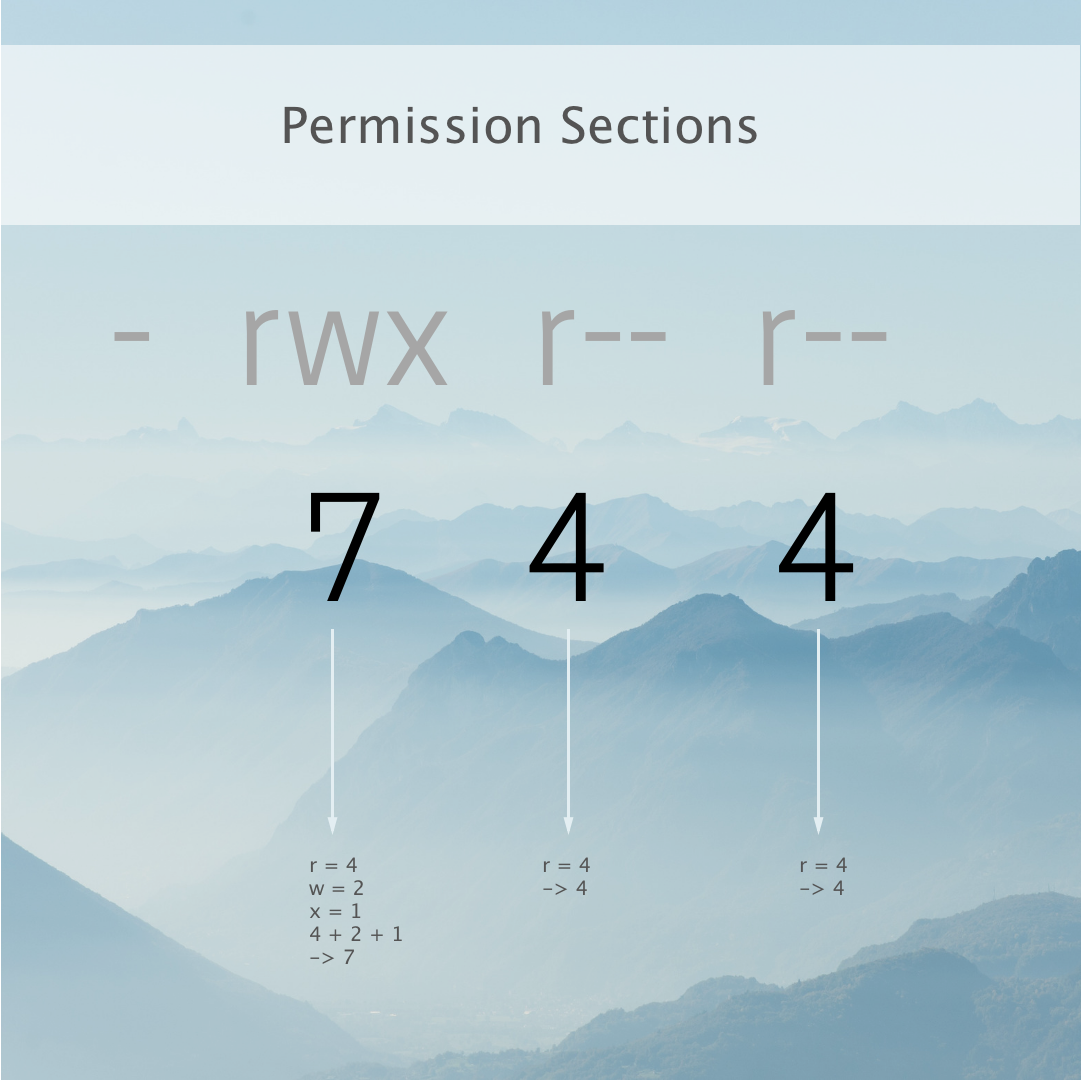

Rm: cannot remove 'file2_by_guest': Operation not permittedĪfter we set the sticky bit , the files under public could only be deleted by the file owners. Rm: remove write-protected regular empty file 'file2_by_guest'? y Now, let’s set the sticky bit and see if there are any changes: root# chmod +t publicĭrwxrwxrwt 2 root root 80 Feb 3 22:33 public/ So, without the sticky bit, we can remove files owned by other users. Rm: remove write-protected regular empty file 'file1_by_guest'? y Let’s see if the user kent can delete a file owned by guest: kent$ rm file1_by_guest So far, we haven’t set the sticky bit anywhere. rw-r-r- 1 kent kent 0 Feb 3 22:28 file_by_kent rw-r-r- 1 guest guest 0 Feb 3 22:28 file2_by_guest rw-r-r- 1 guest guest 0 Feb 3 22:28 file1_by_guest Next, we’ll create some files under public by different users: $ ls -l The Sticky Bitĭrwxrwxrwx 2 root root 40 Feb 3 22:22 public/ This is because parent had the setgid bit set, and the newly created files and directories under it inherited parent‘s group. Ubuntu has inherited the concept of permissions from Unix when for files or directories there are three tasks. They hope these examples will help you to get a better understanding of the Linux system and that you feel encouraged to try out. However, the newly created file and subdirectory are owned by kent instead of root, even though root created them. Change directory permissions in ubuntu User Name: Remember Me Trainer and consultant.

In the output above, we see that the two existing files have not changed after we set the setuid bit on parent. rw-r-r- 1 root kent 0 Feb 3 00:54 new_file_by_root rwxr-xr-x 1 guest guest 0 Feb 3 00:30 existing_grp_guest2ĭrwxr-sr-x 2 root kent 4096 Feb 3 00:54 new_dir_by_root/ rwxr-xr-x 1 guest guest 0 Feb 3 00:30 existing_grp_guest1 Then, we’ll check the group owners of all the files and subdirectories under parent: root# ls -l parent Now, we’re going to create a new file and a subdirectory under parent with root: root# touch parent/new_file_by_root We also learned the way to change the absolute and relative file permission bits, which allows different ways of changing the file permissions.Next, let’s set the setgid bit on parent using chmod: root# chmod g+s parentĭrwxrwsrwx 2 root kent 4096 Feb 3 00:33 parent/ This is useful if you want to restrict/allow access of the file to any particle user group. In this article, we learned about the chmod command for changing the file permissions/modes. Uses RFILE‘s mode as a reference instead of MODE valuesĬhanges files and directories recursively Similar to verbose, but reports only when a change is madeĭoes not treat ‘/’ specially (the default) chmod also never changes the permissions of symbolic links, so any symbolic links created (both soft and hard links) will remain unaffectedĪlthough not used very often, there are certain options associated with chmod, which are listed in the table below: Option Similarly, if you try to unset a bit already unset, it simply remains unset. NOTE: There is no change if the bit was already set.


 0 kommentar(er)
0 kommentar(er)
